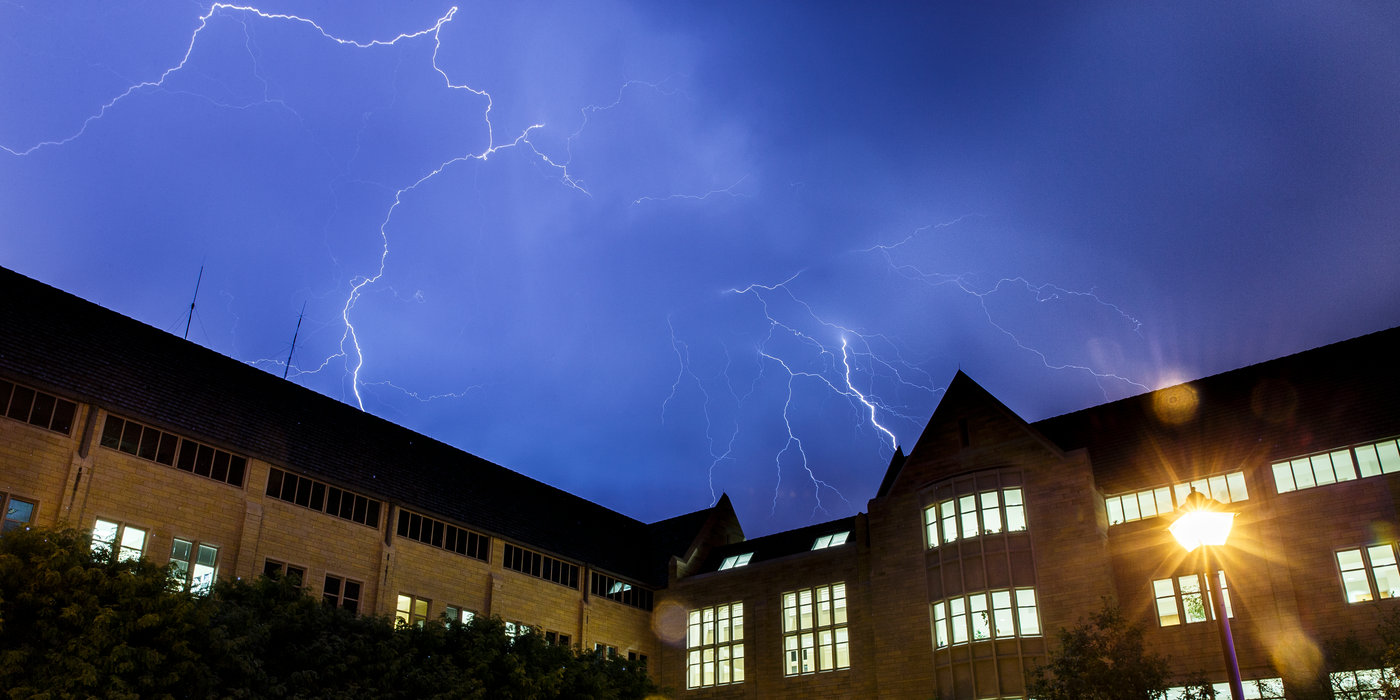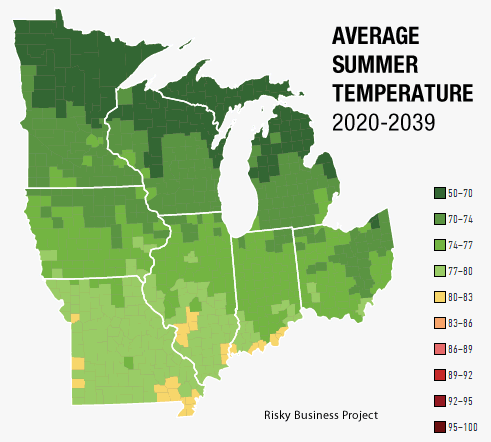The Risky Business Project has released what it's touting as the first comprehensive assessment of economic risk associated with climate change in the United States.
The report, “Risky Business: The Economic Risks of Climate Change in the United States,” summarizes findings of an independent assessment of the impact of climate change at the county, state, and regional level, and shows that communities, industries, and properties across the U.S. face profound risks from climate change. The findings also show that the most severe risks can still be avoided through early investments in resilience, and through immediate action to reduce the pollution that causes global warming.
"I know a lot about financial risks—in fact, I spent nearly my whole career managing risks and dealing with financial crisis," said Risky Business Project Co-Chair Henry Paulson. "Today I see another type of crisis looming: A climate crisis. And while not financial in nature, it threatens our economy just the same."
The Risky Business report shows that two of the primary impacts of climate change—extreme heat and sea level rise—will disproportionately affect certain regions of the U.S., and pose highly variable risks across the nation. In interior states in the Midwest and Southwest, for example, extreme heat will threaten human health, reduce labor productivity and strain electricity grids.
Conversely, in northern latitudes such as Minnesota, winter temperatures will likely rise, reducing frost events and cold-related deaths, and lengthening the growing season for some crops. In the U.S. Gulf Coast, Northeast, and Southeast, sea level rise and increased damage from storm surge are likely to lead to an additional $2 to $3.5 billion in property losses each year by 2030, with escalating costs in future decades.
The report notes that for the Midwest, commodity agriculture is a crucial business, and the health and productivity of the agricultural sector is inextricably intertwined with climate conditions. The report shows that under the “business as usual” scenario and assuming no significant adaptation by farmers, the region as a whole faces likely yield declines of up to 19% by mid-century and 63% by the end of the century.
Gregory Page, executive chairman of Cargill, Inc. and former Cargill chief executive officer served on a high-level “Risk Committee” that helped scope the research and reviewed the research findings. “The real value of the Risky Business conversation, even in the presence of all kinds of uncertainty, is that it encourages us to think long-term about what actions we can take today that put us in the best position to be prepared for the future,” said Page. “We need to invest in innovative technologies and practices today so that we’re in the best position to be prepared for the future.” (Hear more from Page in the video above.)
Yet while the agricultural industry will clearly be affected by climate change, it is also probably the best equipped to manage these risks. Farmers have always adapted to changing weather and climate conditions, with adaptation and flexibility built into their business models. Armed with the right information, Midwest farmers can, and will, mitigate some of these impacts through double-and triple-cropping, seed modification, crop switching and other adaptive practices. In many cases, crop production will likely shift from the Midwest to the Upper Great Plains, Northwest, and Canada, helping to keep the U.S. and global food system well supplied. However, this shift could put individual Midwest farmers and farm communities at risk if production moves to cooler climates.
The projected increase in Midwest surface air temperatures won’t just affect the health of the region’s crops; it will also put the region’s residents at risk. Over the past 40 years, the Midwest experienced only 2.7 days on average over 95°F. If we stay on our current climate path, the average Midwest resident will likely experience an additional 7 to 26 days above 95°F each year by mid-century, and 20 to 75 additional extreme-heat days—potentially more than 2 additional months per year of extreme heat—by the end of the century. On the other hand, the region will also experience fewer winter days with temperatures below freezing.
Minnesota Public Radio's Daily Circuit recently looked at climate change through an economic lens, asking how businesses are assessing and addressing the issue.








